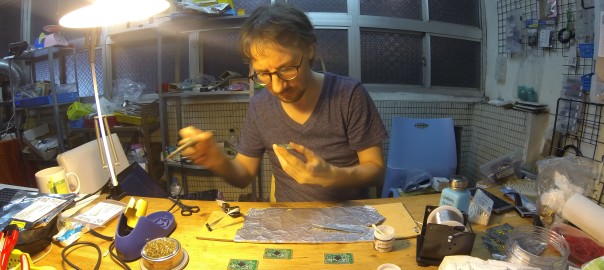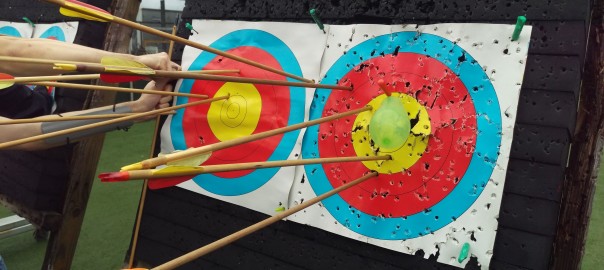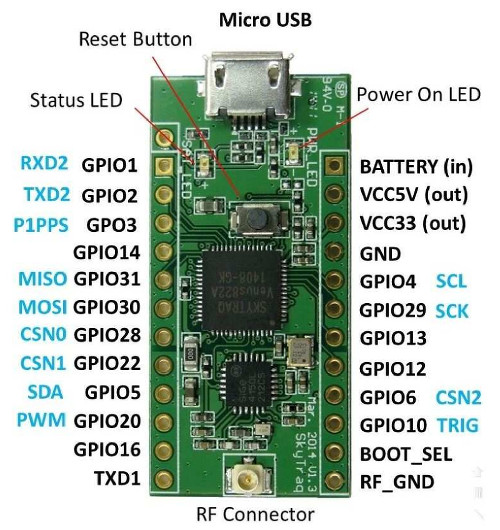I’m taking a few online courses every now and then since the awesome experience a few years back with Stanford’s hattrick of courses. I finish more seldom than I’d like it, but definitely learn a lot along the way. The latest one that has started this week is MIT’s Supply Chain Fundamentals course on edX, and it is already shaping up shaping up to be very influential, both in terms of to be a better professional (though at first it looks like I have very little to do directly with supply chains), and in general on how to view the world. To capture this feeling of magic when a piece of knowledge is new and this useful, I take stock here on the concepts and connections I’ve made, just after Week One.
Concepts and Connections
I’m not trying to be exhaustive, merely highlight the most “sticky” and immediately useful ideas I’ve picked up.
Push and Pull processes, the former when products are made in anticipation of demand (to a forecast), the latter when products are made in a response to demand . Pre-packaged sandwiches are example of “push”, while Subway’s sandwiches are “pull”. The former speeds things up for customers but adds forecasting and inventory burden, while the latter increases variety but adds time to fullfillment. It is important that I can play with adjusting my processes to make them “more push” or “more pull” to improve on the outcome I seek.




